Neem
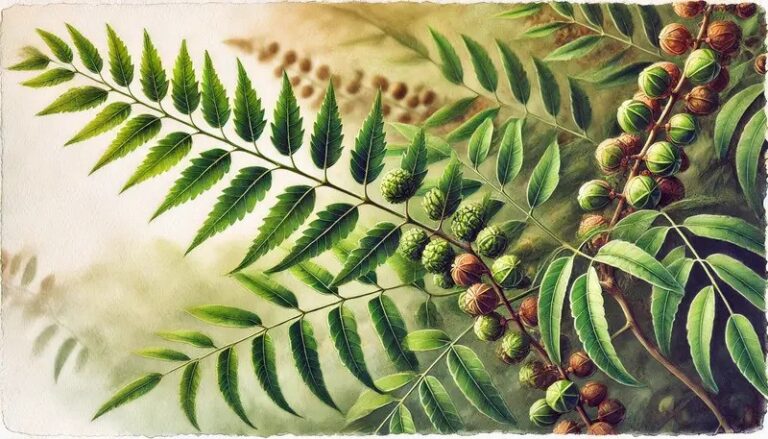
Neem has been used in Ayurvedic medicine for over 4,500 years, with ancient texts referring to it as "The Village Pharmacy."

Neem has been used in Ayurvedic medicine for over 4,500 years, with ancient texts referring to it as "The Village Pharmacy."

Kava contains 18 different kavalactones, but just six of them make up 90–95% of its active compounds, influencing its flavor, potency, and effects.
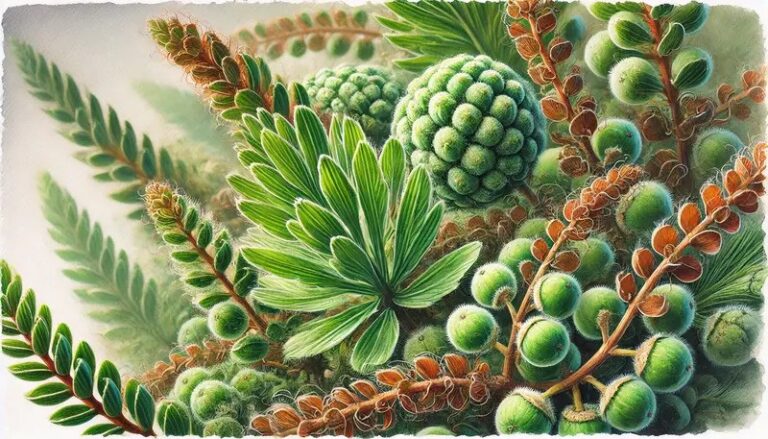
Maca contains over 60 different phytochemicals, including 20 amino acids, high levels of iron, calcium, and essential fatty acids.

Elderberries contain up to 10 times more anthocyanins (powerful antioxidants) than red grapes, helping protect cells from oxidative stress.

Borage seeds contain 20–25% gamma-linolenic acid (GLA), one of the highest concentrations among plants, making it a key source of this rare omega-6 fatty acid.
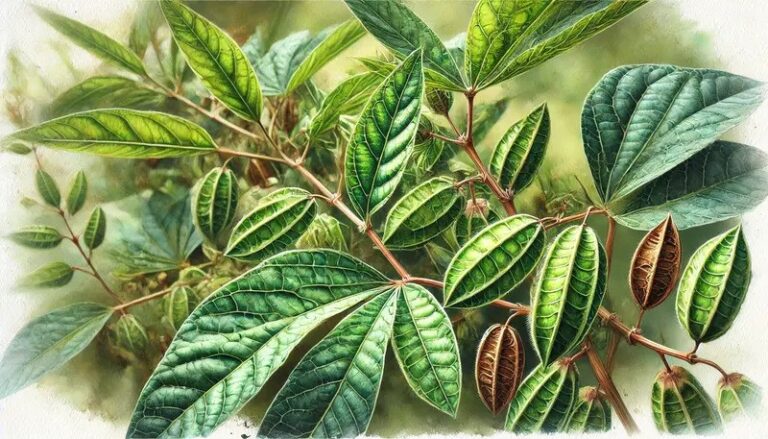
Chewing Gymnema sylvestre leaves can temporarily block the ability to taste sweetness for up to 1–2 hours, due to gymnemic acids binding to sweet taste receptors.
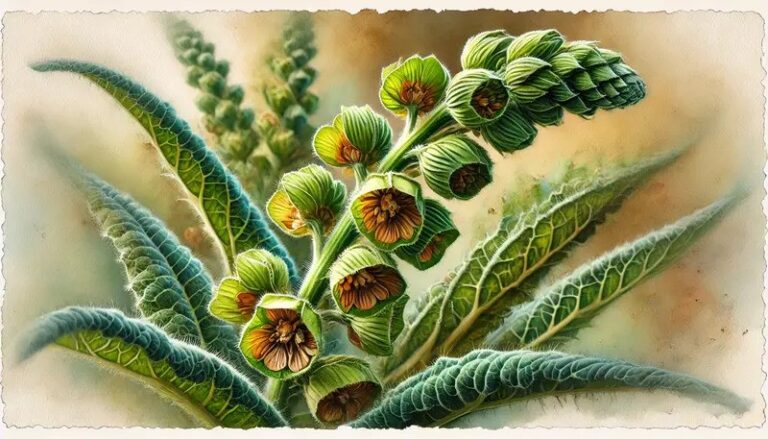
Studies show that Verbascum sinuatum contains up to 51.4 mg/g of polyphenols, making it one of the most antioxidant-rich Verbascum species
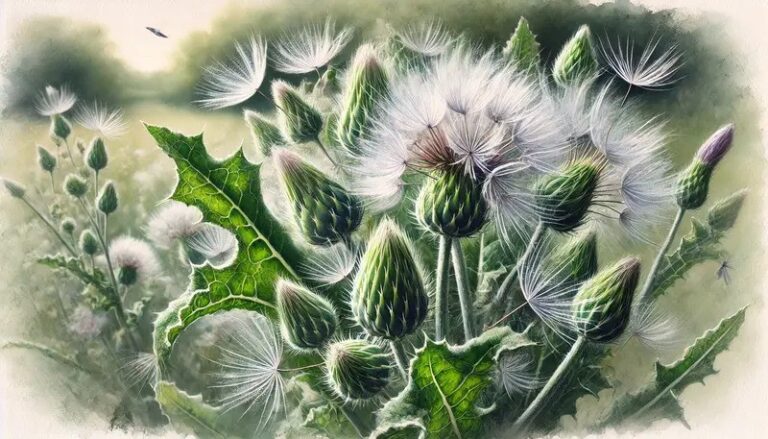
Studies suggest that silymarin (the active compound in milk thistle) can reduce liver enzyme levels by up to 50% in people with liver disease,

In the Netherlands, genetic testing for cancer patients is now routine in major hospitals, with 80% of lung cancer cases undergoing genetic profiling.

Around 30% of Dutch adults regularly take omega-3 supplements, with krill oil gaining popularity due to its superior absorption and antioxidant benefits.